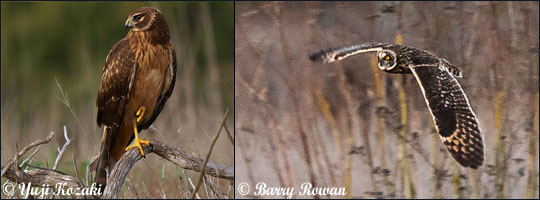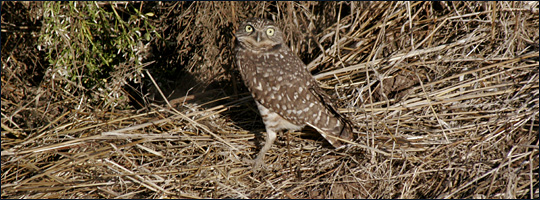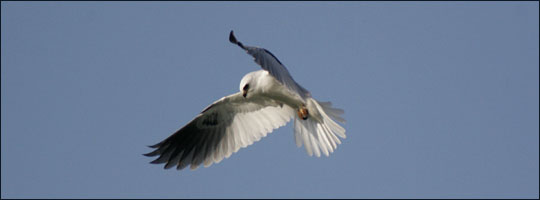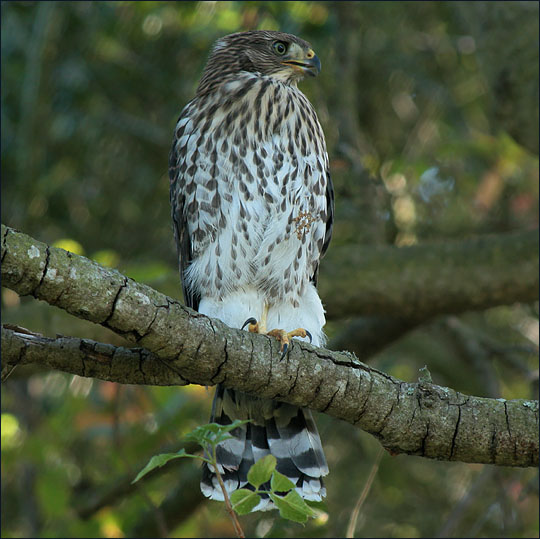
The greater More Mesa ecosystem includes approximately 400 acres of coastal bluff, grasslands, wetlands, coast live oak, and riparian woodlands. The ecosystem includes the mesa itself and extends north into the oak and riparian woodlands along Atascadero Creek, which are part of the County’s protected More Mesa Open Space, as well as farther upstream and downstream along the creek. The heart of this ecosystem is the 300+ acre coastal bluff, consisting largely of a level terrace vegetated with non-native grassland and bisected by two large canyons. These canyons, dominated by extensive wetlands and woodlands, drain northward into Atascadero Creek and provide key wildlife corridors. This combination of expansive grasslands and wetlands adjoining a large native coastal riparian forest is increasingly rare in Southern California.
More Mesa supports several notable ecological resources, including the largest historic roost on the South Coast for the white-tailed kite, a fully protected raptor. In the winter months, between 60 and 80 of these striking birds of prey have historically gathered in the area. While kite roosts can shift over time, in 2021 local residents documented over 20 kites roosting in one of More Mesa’s barrancas at sunset. More Mesa is one of the few consistent white-tailed kite nesting locations in the South Coast Region, supporting from one to three breeding pairs in most years. The mesa also supports wintering habitat for other regionally rare or uncommon bird species, including the burrowing owl, short-eared owl, northern harrier, and loggerhead shrike—all listed as Species of Special Concern by the California Department of Fish and Wildlife. Other species of importance documented nesting on the mesa include the Cooper’s hawk, grasshopper sparrow, and blue grosbeak. Mammals such as coyote, bobcat, and fox also rely on this rare mosaic of habitats in the rapidly urbanizing South Coast region.

Northern Harrier and Short-eared Owl

Burrowing Owl

Loggerhead Shrike

White-tailed Kite

Recently fledged Cooper’s Hawk